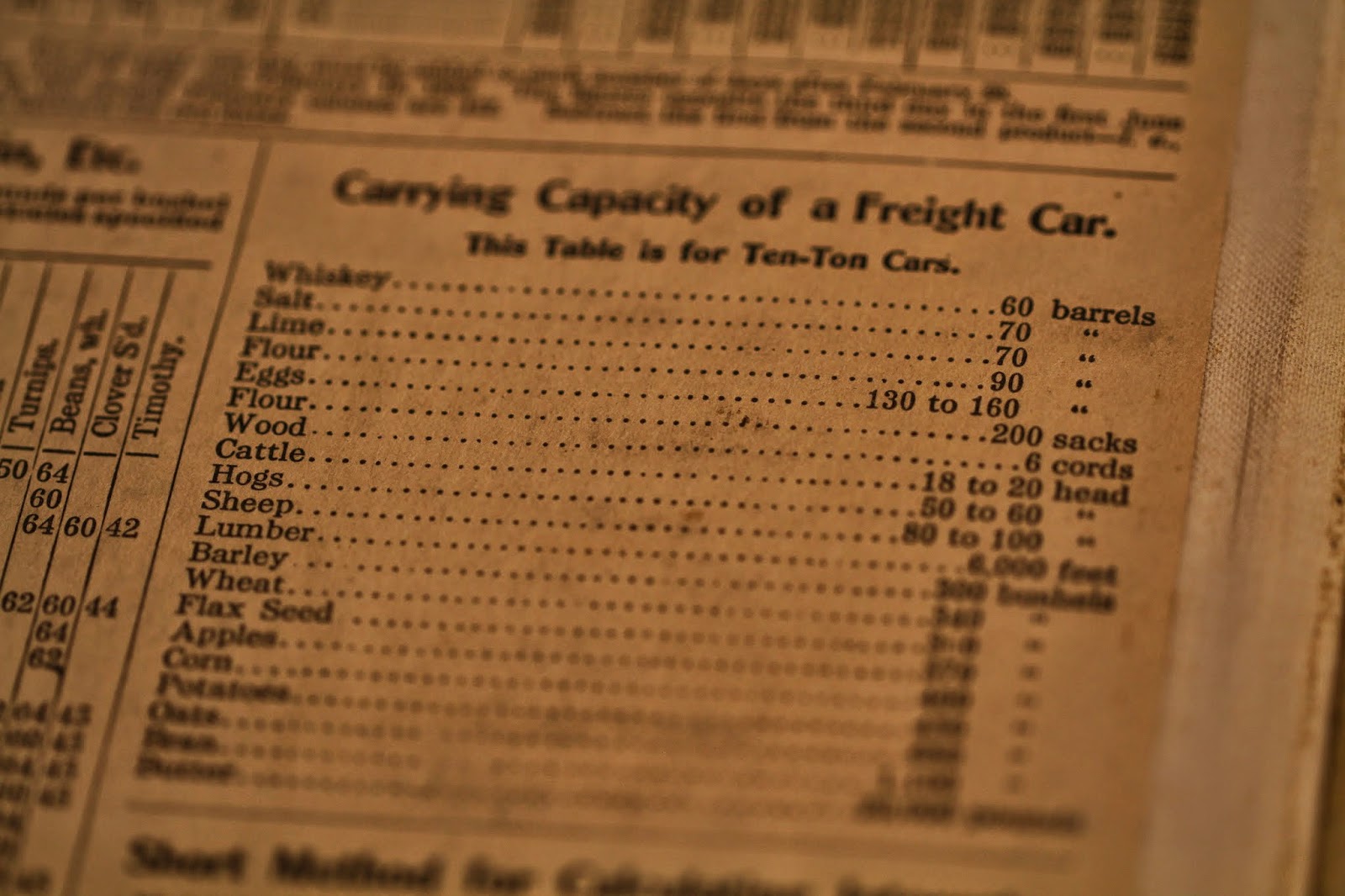As part of my everyday job in estate administration, I spend a lot of time going through people's personal records, parsing out what the tax man needs to know. One of the estates I am working on at the moment is from a paper hoarder (clearly, a soul sister) with no surviving family, who couldn't bring herself to throw anything out. On Tuesday, we went through her papers, tossing so much flotsam and jetsam. Cancelled checks from the 1980s? Gone. Her dog's pedigrees from the 1960s? Also tossed.
But then we came across this. And I couldn't bring myself to put it in the dumpster.
It's provenance wasn't noted. It appears to be business records from the 1930s, but the business wasn't entirely clear, nor was the owner. Perhaps a restaurant/bar of some sort?
Expences (spelled with a 'c', now an obsolete spelling) and income carefully noted, day by day. August 1933. The clams, at $1.53, cost less than the beer and liquor. Tobacco appears to be the most expensive item.
My favorite part was the helpful information included on the fly leaves in the front. Need to know how much seed to plant per acre?
Got it. How about foreign money?
Perfect. I can never keep how many pence in a shilling straight. Now I have a handy reference. Plus, that section on "Business Law in Daily Use" would have saved me a lot of time in my Contracts class in law school. Most of it is still good law today.
Not to mention how many sheep it would take to fill a freight car, knowledge that should not be lost to the sands of time, though I am not sure I will ever need it, what with the train tracks around our town now converted to a "rails-to-trails" use. On second thought, 80 to 100 per car? That would be a pretty jammed freight car. Poor sheep. Maybe we should forget all about this.
The last purchase: whisky, on June 8, 1940. No clue as to why the journal ended on that date, and why it was kept for so many years after that.







Many years ago I did some temp work in a lawyer's office in Wisconsin, and was intrigued by the sorts of wills and documents created by old farmers. One old lady made a big point in her will of leaving her favorite teapot to a relative! very touching little glimpses of their lives.
ReplyDeleteI love these glimpses of every day life in the past. We are lucky to have a photo copy of my husband's great-grandmother's farm journal from the early 1930s, fascinating!
ReplyDeletePrimary sources were one of the reasons I wanted to be an archaeologist. Little bits of people's lives tell so much about our culture!
ReplyDelete